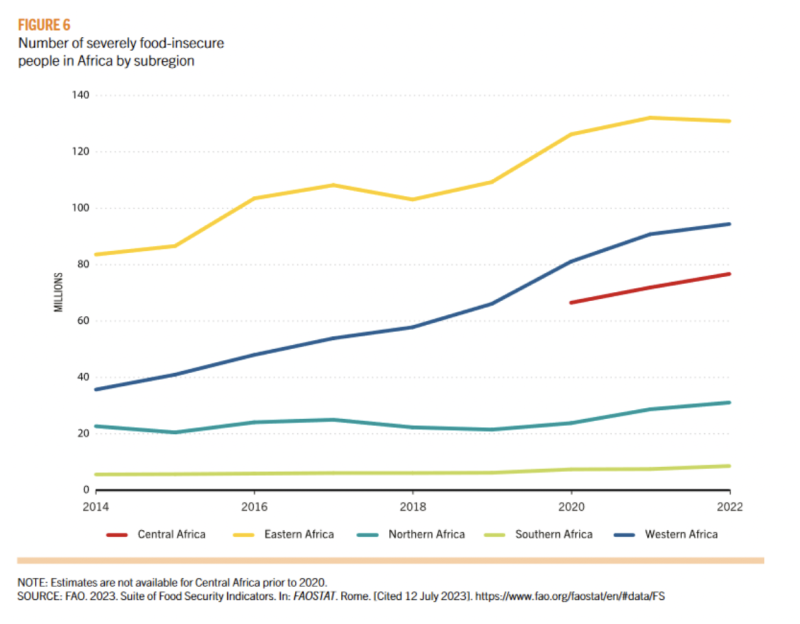Biofortification as a sustainable solution to combat micronutrient malnutrition in the global south with a focus on Sri Lanka: potential, challenges, and policy implications
Micronutrient malnutrition remains a critical challenge in the Global South, particularly in Sri Lanka, where vulnerable populations face food insecurity and limited dietary diversity. This review...
The political economy of large-scale food fortification in West Africa: Pathways toward harmonization
For two decades, there have been ongoing efforts at harmonizing large-scale food fortification (LSFF) policies and procedures in West Africa. Despite some notable successes...
The Impact of Official Development Assistance (ODA) cuts on food security and nutrition - a Knowledge Review
Highlights: • Major cuts to Official Development Assistance (ODA) are taking place in the United States of America (US), with the dismantling of the US Agency for International Development...



